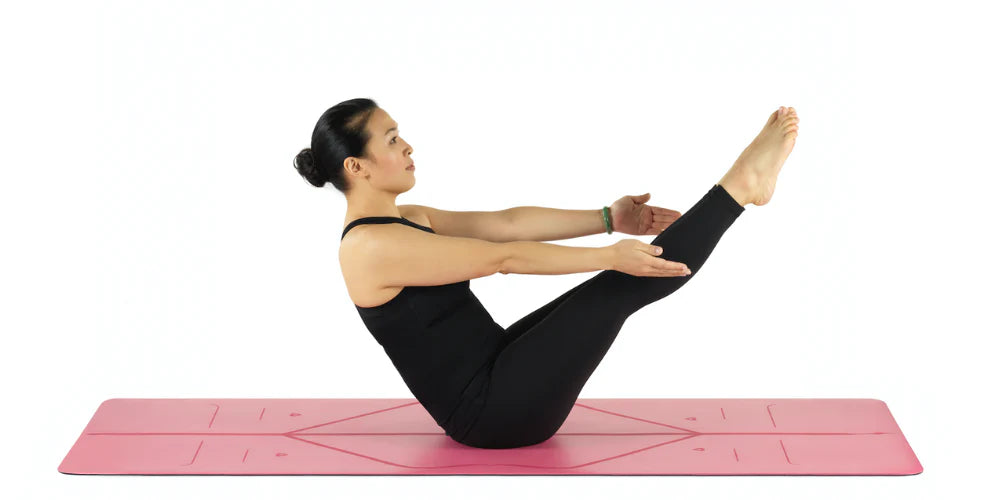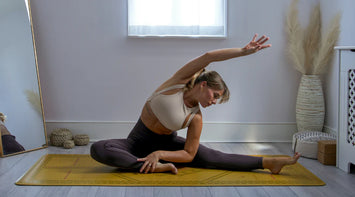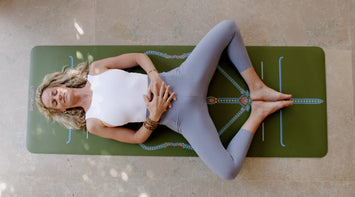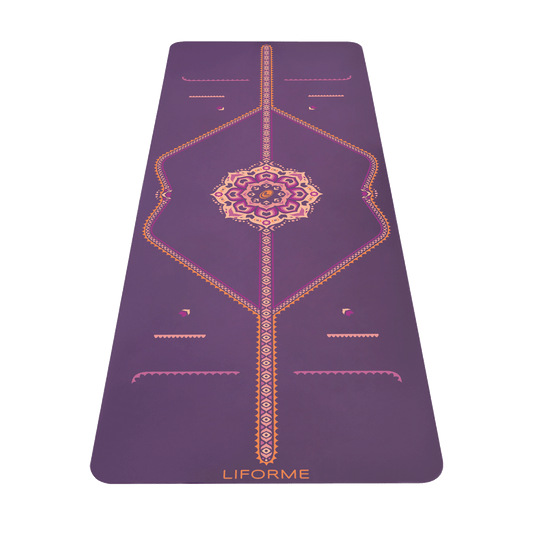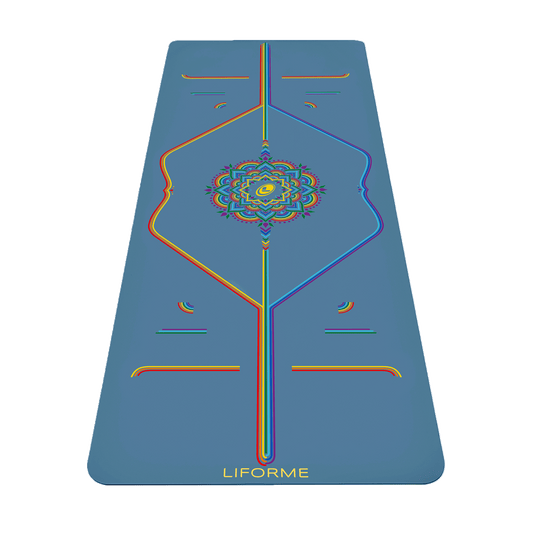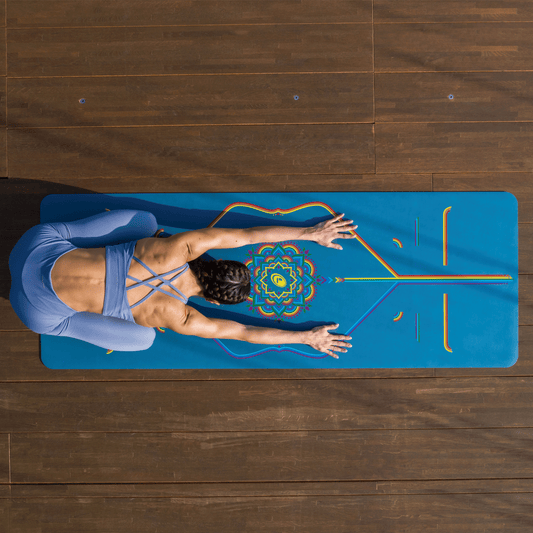Chaturanga is often called yoga’s push-up. If you follow that line of thinking, Boat Pose is yoga’s crunch. But Navasana isn’t just about abs. It also gets into the hard-to-reach hip flexors, including the psoas, because of the way the legs are drawn toward the torso and it works the muscles that support the spine.
The most common misunderstanding about Boat Pose is that the objective is to straighten your legs. That is why we often see people with straight legs but rounded spines and hardly any lift off the floor, which hurts our alignment-loving hearts. In fact, straightening the legs is the very last step of the posture and should only be held if it doesn’t compromise the V shape created between the chest and thighs.
There are many variations of Boat that accommodate different degrees of existing core strength. We’ll go over the particulars step by step below, offering many off-ramps along the way. We’ll also cover ways to add dynamic movement to your Boat for an added challenge. So let’s get ready to rock the Boat!
Benefits of Boat Pose
- Strengthen the abdominal muscles of the core, the hip flexors, and the spinal support muscles.
Instructions
- Come to sit at the centre of your mat with your knees bent and your feet flat on the floor in front of you.
- Place your hands on the mat behind your butt with your fingers facing forward. Lift your sternum and knit your ribs together.
- Lean back a bit while keeping your spine very straight, your chest open, and your shoulders away from your ears. Imagine your torso and thighs forming the shape of an upper case V.
- Lift your feet away from the floor while maintaining the position of your spine. If you start to slump or sink toward the floor at any point, or if you feel pain in your lower back, return to the last position in which your spine was straight.
- Bring your shins parallel to the floor. Activate your feet and flare your toes.

- Lift your hands away from the floor and extend your arms forward. Keep the arms parallel to the floor with your palms up or down. This is Half Boat Pose. If your spine rounds when you lift your arms, you can also try holding onto the back of your thighs instead.
- To move into Full Boat Pose, straighten your legs. If this causes your chest to collapse, spine to curve, or legs and torso to descend towards the floor, keep the legs bent. Keep inhaling and exhaling deeply for five breaths.

- To introduce dynamic movement, lower your torso and legs to hover above the floor on an exhalation. This is Low Boat.
- Engage your abdominals muscles to lift yourself back to Half or Full Boat pose. Repeat these Boat crunches three to five times (or more, if you can keep good alignment), making sure each time that you aren’t letting the spine collapse in the high Boat position.
- Return your feet to the floor and come to rest lying on your back.
What’s in a Name?
We follow the pose names in B.K.S. Iyengar’s Light on Yoga for the most part, but there are cases in which contemporary usage varies. This is one of those times. Iyengar uses the Sanskrit Paripurna Navasana, which literally means Full Boat, so no argument there. However, what we’re calling Low Boat, he calls Ardha Navasana, which means Half Boat. Light on Yoga doesn’t include the bent-legged version of the posture that is commonly referred to as Half Boat.

